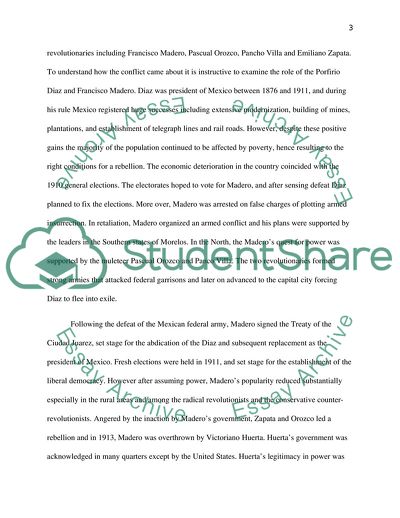Cite this document
(The Consequences of the Mexican Revolution for Women Essay Example | Topics and Well Written Essays - 3500 words, n.d.)
The Consequences of the Mexican Revolution for Women Essay Example | Topics and Well Written Essays - 3500 words. https://studentshare.org/history/1805851-what-were-the-consequences-of-the-mexican-revolution-for-women-how-important-are-race-and-class-in-these-consequences
The Consequences of the Mexican Revolution for Women Essay Example | Topics and Well Written Essays - 3500 words. https://studentshare.org/history/1805851-what-were-the-consequences-of-the-mexican-revolution-for-women-how-important-are-race-and-class-in-these-consequences
(The Consequences of the Mexican Revolution for Women Essay Example | Topics and Well Written Essays - 3500 Words)
The Consequences of the Mexican Revolution for Women Essay Example | Topics and Well Written Essays - 3500 Words. https://studentshare.org/history/1805851-what-were-the-consequences-of-the-mexican-revolution-for-women-how-important-are-race-and-class-in-these-consequences.
The Consequences of the Mexican Revolution for Women Essay Example | Topics and Well Written Essays - 3500 Words. https://studentshare.org/history/1805851-what-were-the-consequences-of-the-mexican-revolution-for-women-how-important-are-race-and-class-in-these-consequences.
“The Consequences of the Mexican Revolution for Women Essay Example | Topics and Well Written Essays - 3500 Words”. https://studentshare.org/history/1805851-what-were-the-consequences-of-the-mexican-revolution-for-women-how-important-are-race-and-class-in-these-consequences.


